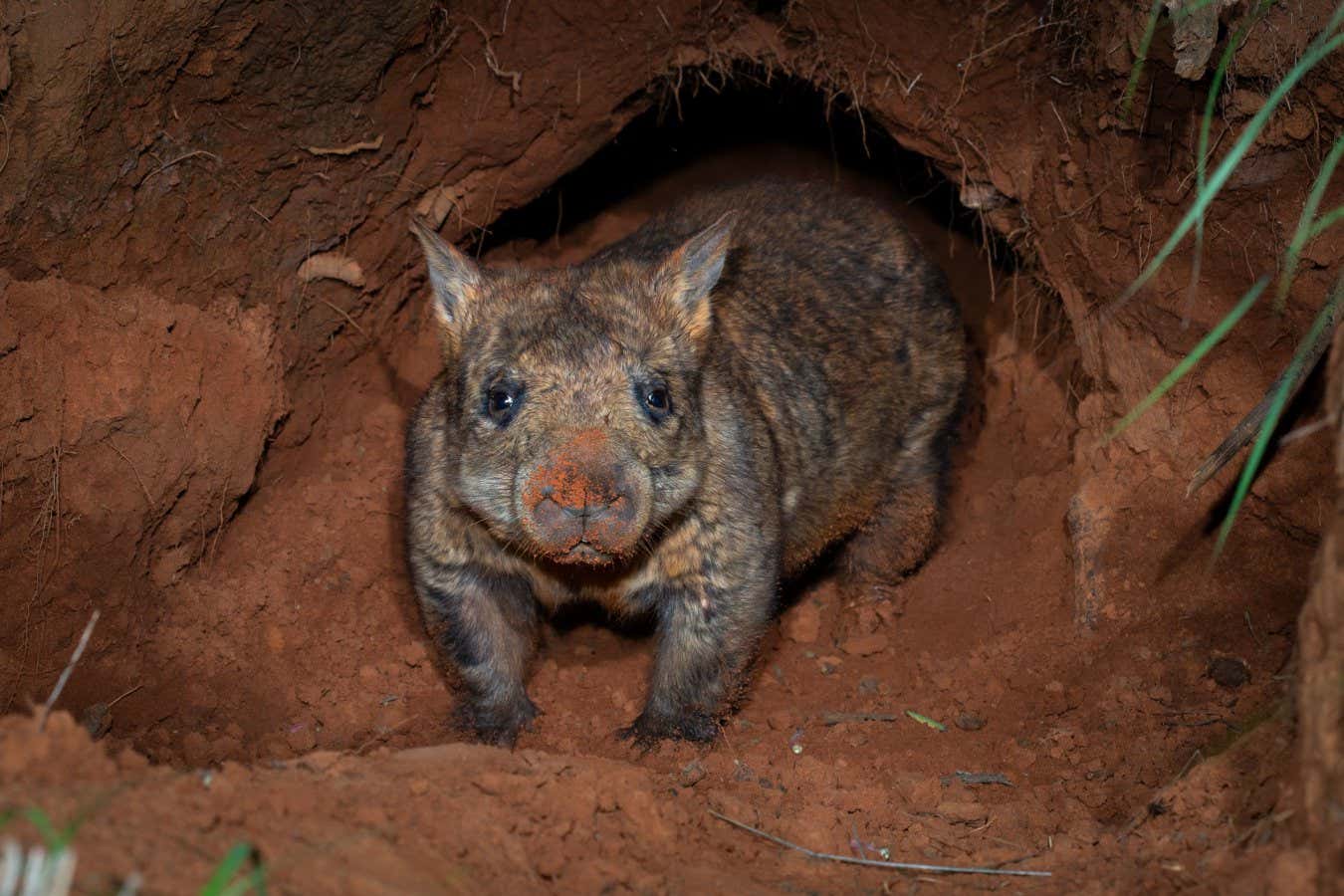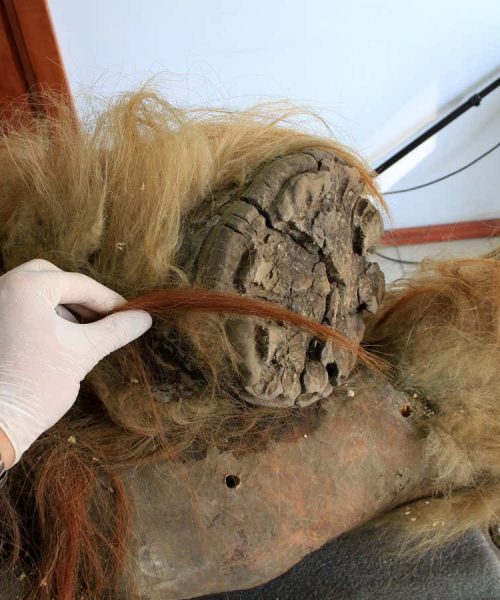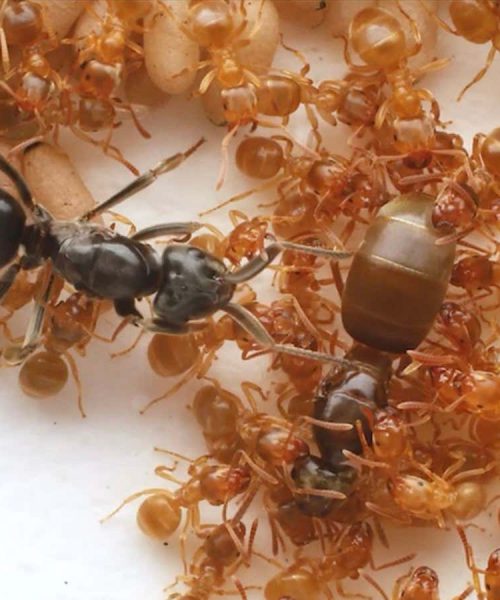A rare and boisterous encounter between a young wombat and a spiny echidna has been caught on camera, to the delight of Australian conservationists.
The exuberant behaviour captured by a camera trap is a sign that a gamble to establish a third population of critically endangered northern hairy-nosed wombats (Lasiorhinus krefftii) in Queensland, Australia, is paying off.
Advertisement
At their lowest point in the late 1990s, there were as few as 35 individuals living in a single, small reserve in central Queensland, making the wombats among the rarest large mammals on Earth. Now, after a determined conservation effort, their numbers have grown to around 400. Translocations to the fenced Richard Underwood Nature Refuge in southern Queensland began in 2009, and there are now around 15 individuals at this site.
Andy Howe at the Australian Wildlife Conservancy in Newcastle, Australia, was trawling through 100 hours of footage recorded at the refuge when two clips caught his eye. The first, from early June, showed a juvenile northern hairy-nosed wombat, proving that the reserve’s population was successfully rearing young that were progressing to foraging independently. Howe says the wombat appears to be in good condition, with a consistent coat and healthy weight.
Then, in footage captured a month later, he spotted the interaction between a young wombat and a short-beaked echidna (Tachyglossus aculeatus). The echidna is seen waddling around the frame, apparently unperturbed, while the wombat gets increasingly agitated and throws itself into the dirt.
Tim Flannery at the Australian Museum, Sydney, says in all of his decades studying mammals he has never seen an interaction like it. “It’s a nervous wombat and a happy echidna,” he says.

A northern hairy-nosed wombat at Richard Underwood Nature Refuge in Queensland, Australia
Brad Leue/Australian Wildlife Conservancy
It is typical behaviour for an echidna because their spines make them difficult and dangerous to attack, he says. Throughout most of the clip, the wombat has its rear end facing the monotreme – a defensive stance that they employ in their tunnels to push intruders against the roof of their burrows.
To see such natural, wild behaviour for a creature that came so close to extinction is “fantastic”, says Flannery. “This is very heartening to see these wombats doing so well,” he says. Now it has been proven how well translocation has worked, he suggests new populations should be established elsewhere as quickly as possible.
Before the arrival of Europeans, the species was found from northern Victoria all the way through to arid New South Wales and up to central Queensland. There would be huge environmental benefits to seeing them re-established across their range, says Flannery.
“They’re an ecosystem engineer because they dig and turn over soils,” he says. “Their burrows offer refuge to other creatures during heatwaves, drought and fires.”
Topics:





